Is there a solution for Towers of Hanoi whose running time is less than O(2n) where n is the number of disks to move? My solution takes O(2n) time.
Also, the below solution is with recursion. Can we use Dynamic Programming with the concept of memoization to solve this in a lesser time?
public void towersOfHanoi(
int num,
MyStack<Integer> from,
MyStack<Integer> to,
MyStack<Integer> spare
) {
if (num == 1) {
int i = from.pop();
to.push(i);
System.out.println("Move "+i+" from "+from.getName()+" to " + to.getName());
return;
}
towersOfHanoi(num - 1, from, spare, to);
towersOfHanoi(1, from, to, spare);
towersOfHanoi(num - 1, spare, to, from);
}
MyStack is an extended version of Stack class in Java that adds a name field and accessor.
Also, are there any variations of the same problem?
